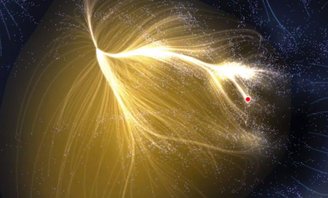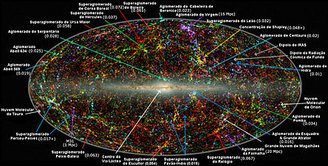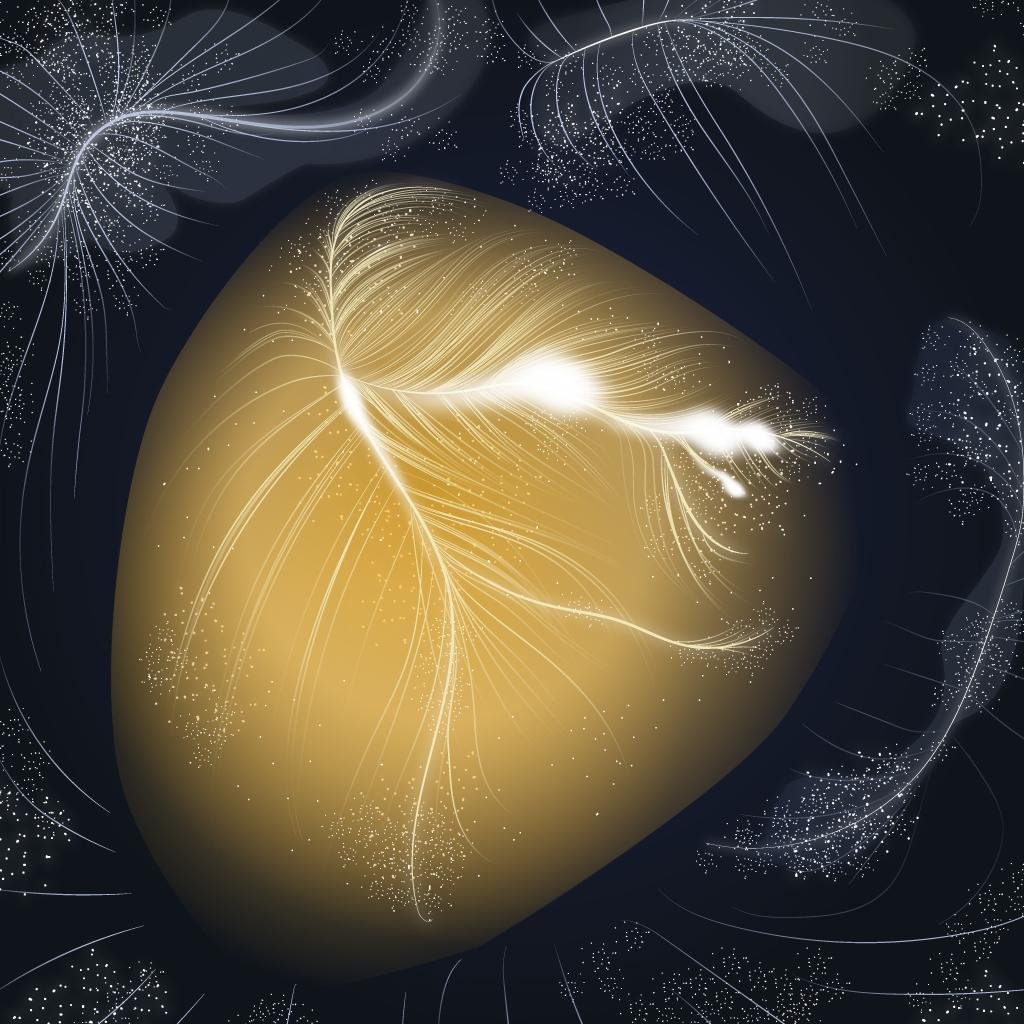When we want to tell someone our address, it is usually enough to say the street, number, neighborhood and city where we live. However, if we want to present our position in the universe to a being from a distant civilization, we must also communicate our cosmic address.
We live on planet Earth, in the only star system in the Solar System located in the Orion Arm, approximately 27 thousand light-years away from the center of our galaxy, the Milky Way, which belongs to the Local Galaxy Group. It belongs to the Virgo Cluster respectively… Then our cosmic address will be as broad and detailed as we want..
More than two decades ago, astronomers discovered that on large cosmic scales, dark energy was accelerating the expansion of the Universe. This not only pushes distant galaxies further away over time, but also causes them to accelerate relative to each other. Gravity, on the other hand, causes matter to clump together, as in our galaxy and the group and cluster that contains it.
Even at distance scales millions of light years away, gravity had enough time to pull the Universe together.
During the first billion years after the Big Bang, trillions of star clusters and hundreds of billions of galaxies formed in the Universe. As the large-scale structure of the universe becomes rich and complex.
The largest hyperdense regions became not just galaxies, but groups and clusters of tens, hundreds or thousands of galaxies; They all coalesced into a larger and wider region: the superclusters of galaxies.

A good final line for our cosmic address might be this: We live in the Laniakea Supercluster, which includes approximately 100,000 galaxies over 520 million light-years in length.
Near the center of the Laniakea Supercluster, There is a region of intense gravitational attraction in intergalactic space known as the Great Attractor.. This is a very large concentration of mass that affects the orbital motion of many galaxies, including the Milky Way.
In 1986, a group of astronomers observing the motions of our galaxy and its cosmic neighbors noticed that they were moving at speeds significantly different from those predicted, toward a region of the sky marking the Hydra-Centaurus Supercluster in the southern sky. with the expansion of the universe.

As a possible explanation for this disturbance in the standard effect of cosmic expansion on galaxies, the existence of the Great Attractor, a region with a mass equivalent to tens of thousands of galaxies that exerts a strong gravitational pull on surrounding galaxies, has been hypothesized. It is located approximately 147 million light-years from Earth.
However, there is a problem: We still know exactly what the Great Attractor is, and we don’t even have precise enough measurements of its main features.. Part of this mystery is why the galaxy is located in a direction known as the Avoidance Zone, a region in the general direction of the center of our galaxy where there is so much gas and dust that we can’t see very far. visible spectrum.

However, with the development of astronomical observations in x-rays and infrared, we were able to begin to see some objects in that region. What astronomers discovered was a large galaxy cluster in the Great Attractor region. It is known as the Norma Cluster, which has a mass equivalent to 1 quadrillion suns..
This enormous force is actually pulling us towards the “center” of Laniakea, the Great Attractor, but the intensity of this force is not enough to bring us down. This is because, in the long run, it cannot overcome the pulling force resulting from the expansion of the Universe. In fact, as the Universe develops and expands, even the Laniakea Supercluster will not remain together, but will completely separate.
Ultimately, the ultimate fate of our Milky Way will be loneliness.
Source: Tec Mundo
I’m Blaine Morgan, an experienced journalist and writer with over 8 years of experience in the tech industry. My expertise lies in writing about technology news and trends, covering everything from cutting-edge gadgets to emerging software developments. I’ve written for several leading publications including Gadget Onus where I am an author.













